Gigabyte GeForce GT 1030 Low Profile D4 2GB Graphics Card
The GeForce GT 1030 Low Profile D4 2GB Graphics Card is integrated with 2GB DDR4 64bit memory with Low Profile power consumption ability. This Gigabyte graphics Card has One-Click overclocking design that can be operated through the AORUS Graphics Engine. In OC Mode, the Gigabyte GT 1030 Low Profile D4 2GB Graphics Card has a base core clock of 1177MHz and a boost clock of 1417MHz. In Gaming Mode, the core clock is 1151MHz and is boosted up to 1379MHz.GeForce GT 1030 Low Profile graphics card is also able use the DirectX 12 software and OpenGL 4.5. This card provides the user with one HDMI and DVI-D port that allows for 2 displays to work together simultaneously.
LOW PROFILE DESIGN
GeForce GT 1030 Low Profile design with one slot and 150mm card length saves more spaces to fit slim or smaller system. Equipped with a DVI-D and a HDMI port, the card supports up to 4K high resolution.
ULTRA DURABLE COMPONENTS
Engineered with the high-quality chokes and capacitors, this graphic card delivers outstanding performance and durable system lifespan.
SMOOTH AND CRISP VISUAL
Equipped with a DVI-D and a HDMI port, the card can deliver beautiful and smooth 4K video playback.
Intuitive AORUS Graphics Engine Utility
GeForce GT 1030 Low Profile cutting edge intuitive interface allows you to tune the clock speeds, voltage, fan performance, and power target in real-time according to your own gaming requirement.
One-click Overclocking
With a simple click on AORUS Graphics Engine utility, gamers can easily tune the card to meet their various gaming requirements without any overclocking knowledge.
Gigabyte GeForce GT 1030 Low Profile D4 2GB Review
Although we might have hoped for better performance in taxing graphics workloads, Nvidia’s GeForce GT 1030 performs admirably in the competitive gaming titles it was designed to service. Moreover, a low price, power-friendly architecture, and compelling form factor make the card accessible to just about anyone with an available PCIe slot.
Now, after more than a year of dominance at the high end with its Pascal-based 10-series cards, Nvidia is ready to challenge AMD’s entry-level position with GeForce GT 1030.
Gigabyte sent over its GeForce GT 1030 Low Profile 2G to represent Nvidia’s latest addition. GeForce GT 1030 Low Profile card ships with a full-sized slot bracket in place, but it includes a half-height bracket for slim enclosures as well. Although our sample is actively cooled, Gigabyte also sells a passive model sporting the same clock rates. Low-profile and passively-cooled? Yup.
GeForce GT 1030 Low Profile TDP is a mere 30W, so we can already guess that power consumption, thermals, and acoustics will be some of this board’s advantages over the competition. But can it keep up in our benchmark suite? After all, that’s what determines whether the GT 1030 succeeds GT 730 in our list of gaming graphics cards.
GeForce GT 1030 Low Profile utilizes an all-new graphics processor called GP108, composed of 1.8 billion transistors. It’s a teeny thing at just 70mm², thanks to the same 14nm FinFET process used to manufacture GP107. Compare that to GeForce GT 730’s GK208 chip with 1.02 billion transistors in an 84mm² die. Or how about the GeForce GTX 750 Ti, which we’re making the GT 1030 battle in today’s benchmarks? That card’s GM107 GPU has a similar transistor count as GP108, but in a 148mm² die, owing to its 28nm manufacturing process.
Here’s the thing, though: whereas GeForce GTX 750 Ti employs five Streaming Multiprocessors, GT 1030 comes equipped with three. Given 128 CUDA cores per SM/SMM in the Pascal and Maxwell architectures, that’s 384 cores for GT 1030 and 640 for GTX 750 Ti. Both designs also expose eight texture units per SM, totaling 24 on GeForce GT 1030, while GTX 750 Ti gets 40. The two GPUs feature a pair of ROP partitions, giving you up to 16 32-bit integer pixels per clock. However, those partitions are aligned with 256KB slices of L2 cache on GP108 and 1MB slices of L2 on GM107. That means GeForce GT 1030 includes 512KB L2 total—a big reduction from GTX 750 Ti’s 2MB. And whereas GeForce GTX 750 Ti utilizes two 64-bit memory controllers, GT 1030’s specs break the memory bus down into a pair of 32-bit controllers, adding up to a 64-bit interface. That’s a lot of lost resources for a ~4% difference in complexity.
Specification
| Video Memory Specifications | ||
| Type | DDR4 | |
| Size | 2 GB | |
| Resolution | 4096 X 2160 | |
| Core Clock | Base: 1177 MHz in OC mode Boost: 1417 MHzBase: 1151 MHz in Gaming mode Boost: 1379 MHz |
|
| Memory Clock | 2100 MHz | |
| BUS Type | 64 bit | |
| CUDA Cores | 384 | |
| Interface | ||
| HDMI | HDMI-2.0b *1 | |
| DVI | DVI-D *1 | |
| Power Specifications | ||
| Recommended PSU | 300W | |
| Display Option | ||
| Multi Display | 2 | |
| Application Programming Interfaces | ||
| DirectX | 12 | |
| OpenGL | 4.5 | |
| Physical Specifications | ||
| Dimensions | 14.7 x 149.9 x 68.9mm | |
| Warranty | ||
| Manufacturing Warranty | 2 Years | |
Be the first to review “Gigabyte GeForce GT 1030 Low Profile D4 2GB Graphics Card” Cancel reply
Related products
Components
Components
Components
Components


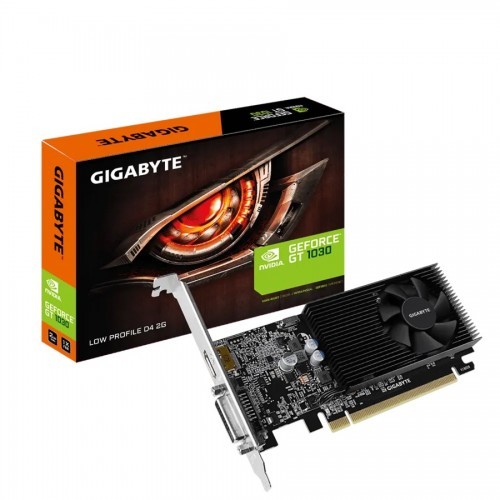


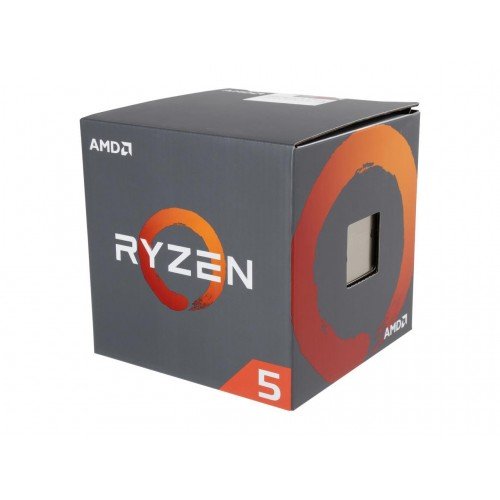
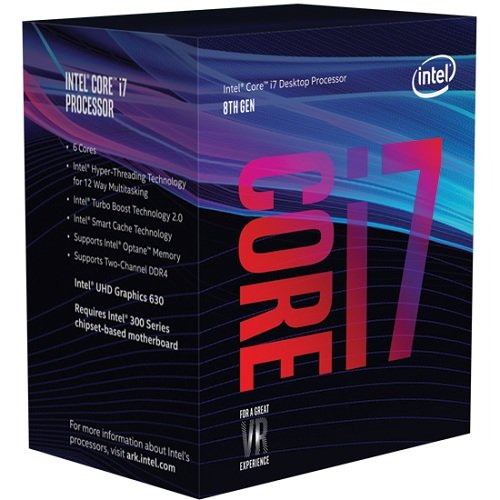
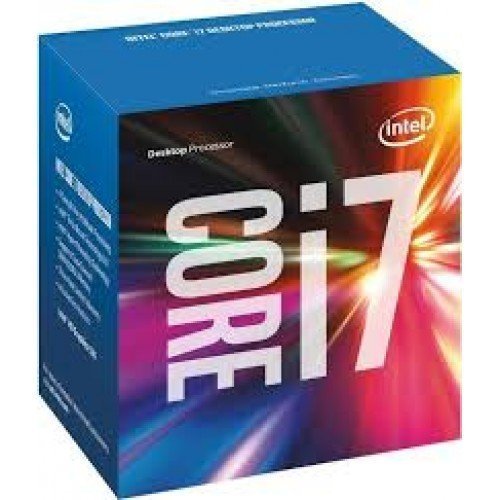
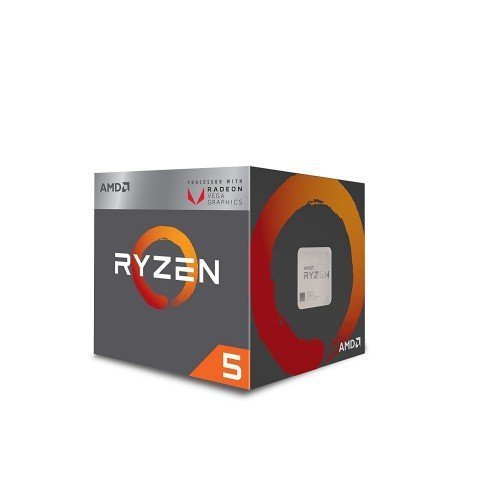
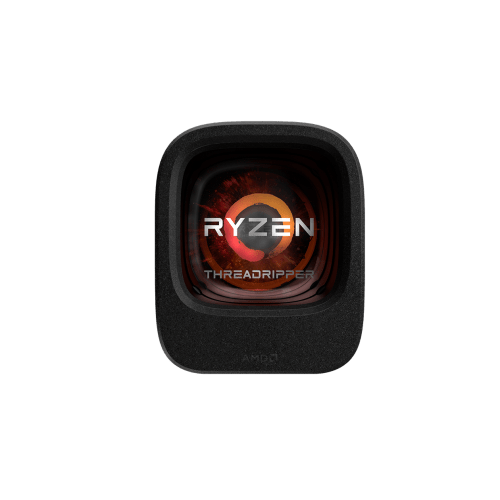
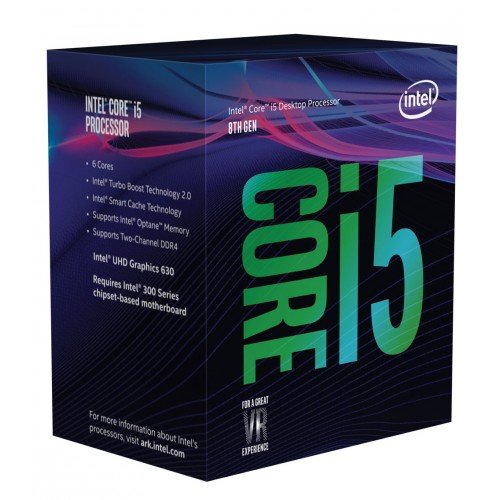
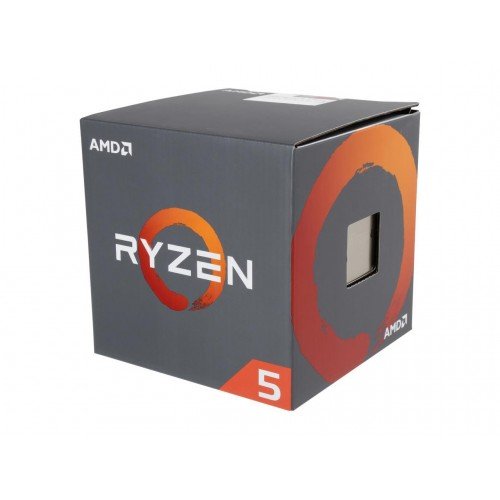
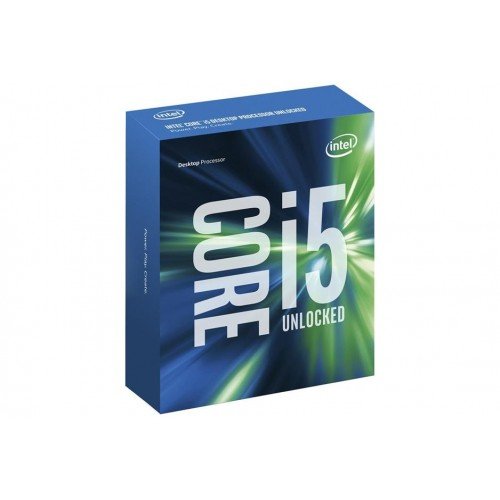
Reviews
There are no reviews yet.